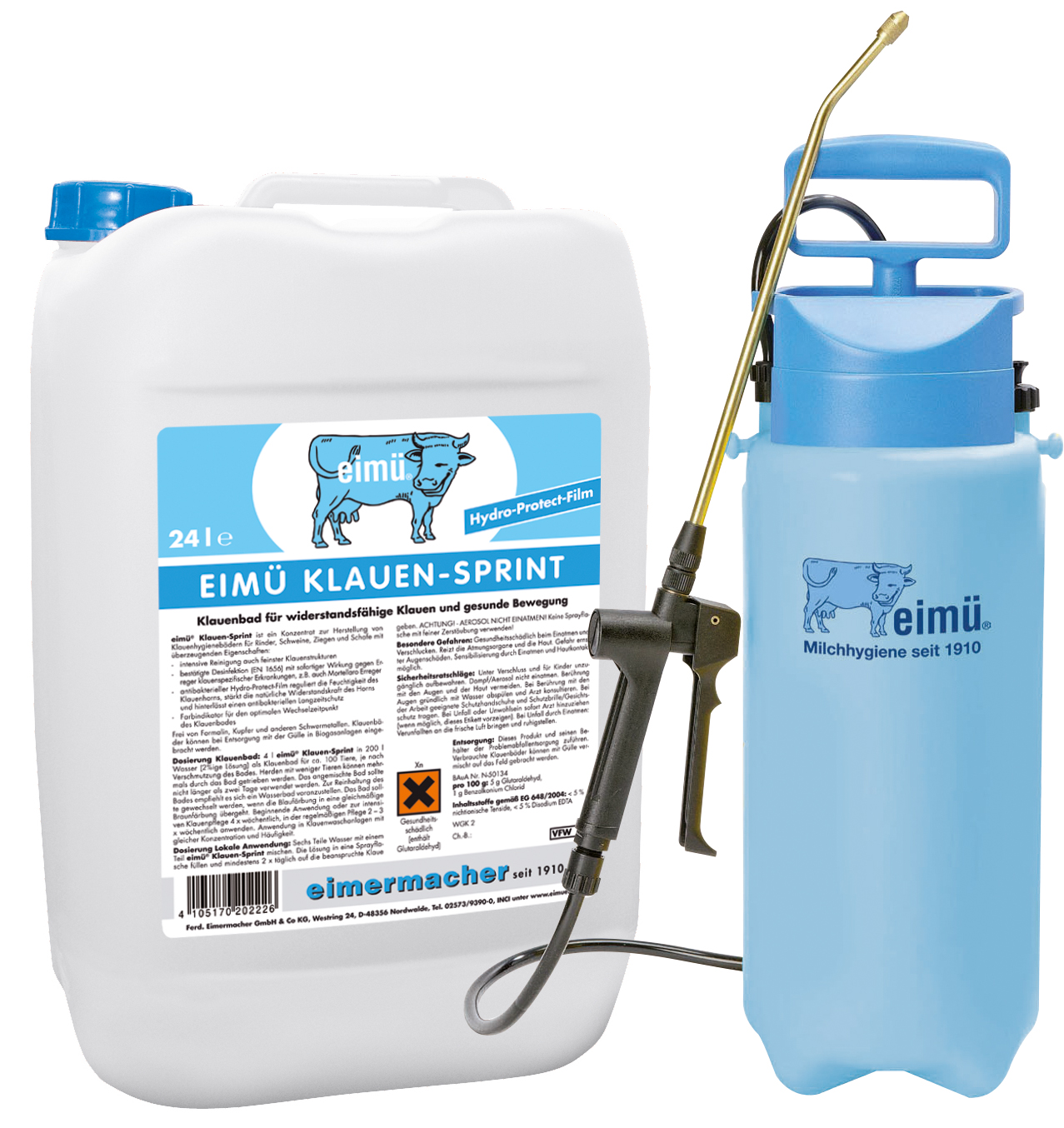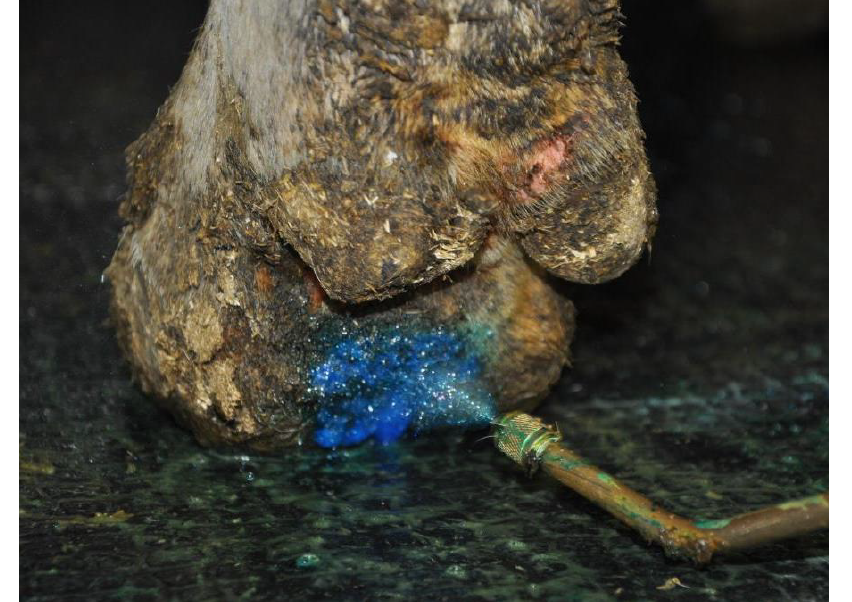16/01/2024
This is how you get Mortellaro under control
Mortellaro's disease now affects almost every cattle farmer, whether in dairy production, young cattle rearing, or even bull fattening. Severely lame animals, some with open wounds, show noticeable performance losses in milk yield, body constitution, and growth.
The financial burden of veterinary treatment, loss of performance and culling is noticeable. But with targeted management, i.e. conscious handling of the problem in conjunction with effective hygiene, the problem can be controlled, important animal welfare improved and economic success increased. Mortellaro’s disease, also known as digital dermatitis (DD) or strawberry disease, is an often chronic inflammation of the coronary band in cows. It is a bacteriologically caused problem. Although the pathogens have not yet all been precisely identified, veterinary researchers have described three causative agents. Without these three identified germs, no inflammation occurs: the skin lesions themselves are caused firstly by fusobacteria, secondly by bacteroids and thirdly by treponemes, which penetrate deep into the tissue and cause the proliferation. The pathogens are highly contagious but require an anaerobic environment. Nevertheless, there are also animals that show complete immunity, i.e. This means that Mortellaro disease does not break out in these animals. On the other hand, up to 5% of animals in a herd are found to have a virtually incurable disease, exhibiting a chronic course and thus becoming a very problematic culprit as they constantly increase the infection pressure on other animals and reinfect them.

Basic management measures
It follows that every farmer must keep a chronicle, if possible at least using the hoof care records of their animals, documenting the status of Mortellaro and any possible recurrence of the disease. This is the only way to identify the groups of immune, regularly re-infected, and chronically ill animals. In addition to the causative infection with the specific pathogens, influences such as stress and inappropriate feeding, which weaken the immune system, or poor hygiene (increasing infection pressure), are extremely important concomitant factors that must be addressed. Furthermore, uncomfortable lying surfaces lead to the animal standing more frequently, preventing the claws, coronary band, and interdigital space from drying out, thus providing a target for pathogens. The germs survive in moist feces under low-oxygen conditions; in clean, dry conditions, the sensitive germs die quickly.

Good ventilation is recommended. The more humid the stable, the more germs are present. In addition, the urea contained in urine softens or breaks down the horn and skin. Furthermore, regular hoof trimming is essential to remove loose horn, which can become a target for infection, and to prevent misalignment and, as a result, incorrect loading of the interdigital space. The key objective must be to prevent any skin stress or injury through this measure, thus preventing any entry point for the Mortellaro bacteria that colonize the skin and tissue.
Hoof care and baths
Understanding Mortellaro's disease as a skin inflammation makes optimized hoof care understandable as the most important approach to long-term management. In this respect, the approach of maximum disinfection power in many hoof baths and sprays on the market is completely irrelevant. Ultimately, the widespread use of formalin and copper sulfate demonstrates that these methods do not actually solve the fundamental problem, despite their favored use for years.
eimü claw management
A herd's symptoms usually appear cyclically at intervals of 6–12 weeks. The product eimü Claw Sprint is highly effective for spraying year-round onto the entire herd's hind hooves twice a week at intervals of 2–3 days. The unique feature of eimü Claw Sprint is its highly effective, very skin-compatible, and highly skin-conditioning formulation. The special formula is capable of penetrating deep into the anaerobic claw structures, even in normally soiled hooves. It can be sprayed directly onto the uncleaned claw without restriction. The special care film (Hydro-Protect-Film) ideally regulates skin moisture and covers the skin and wound with a protective film similar to a spray-on plaster. This protects the wound from further soiling. The sum of these effects promotes and accompanies rapid, natural healing of the Mortellaro. Experience shows that with this routine prophylaxis practiced twice a week, the regularly recurring Mortellaro attacks are avoided.
